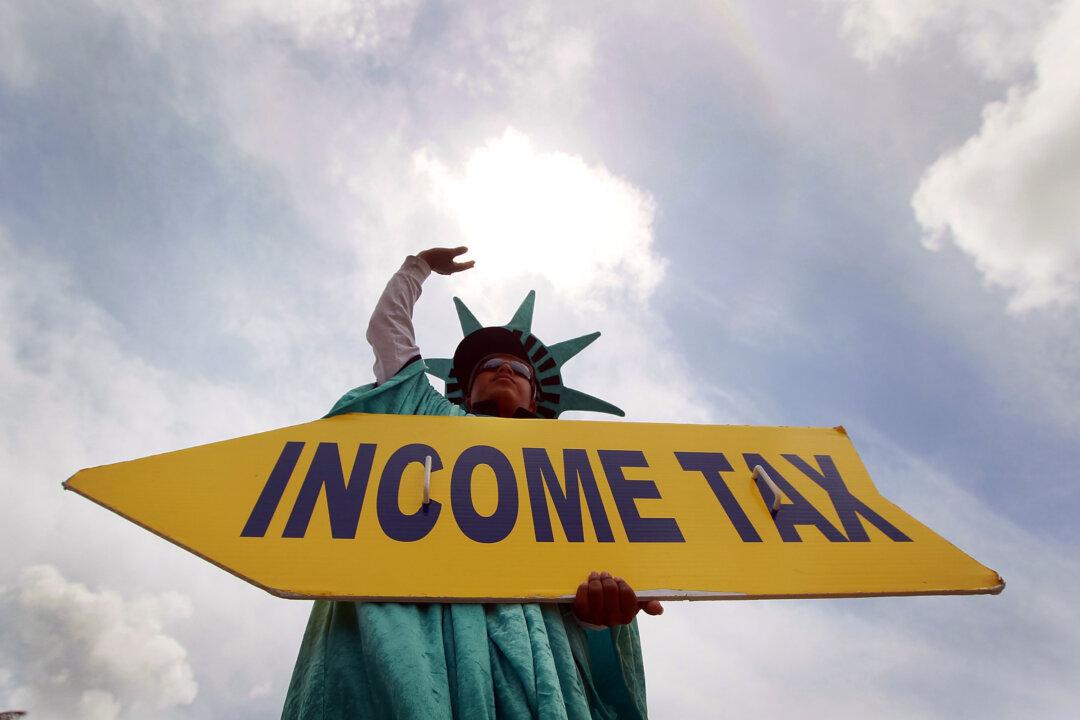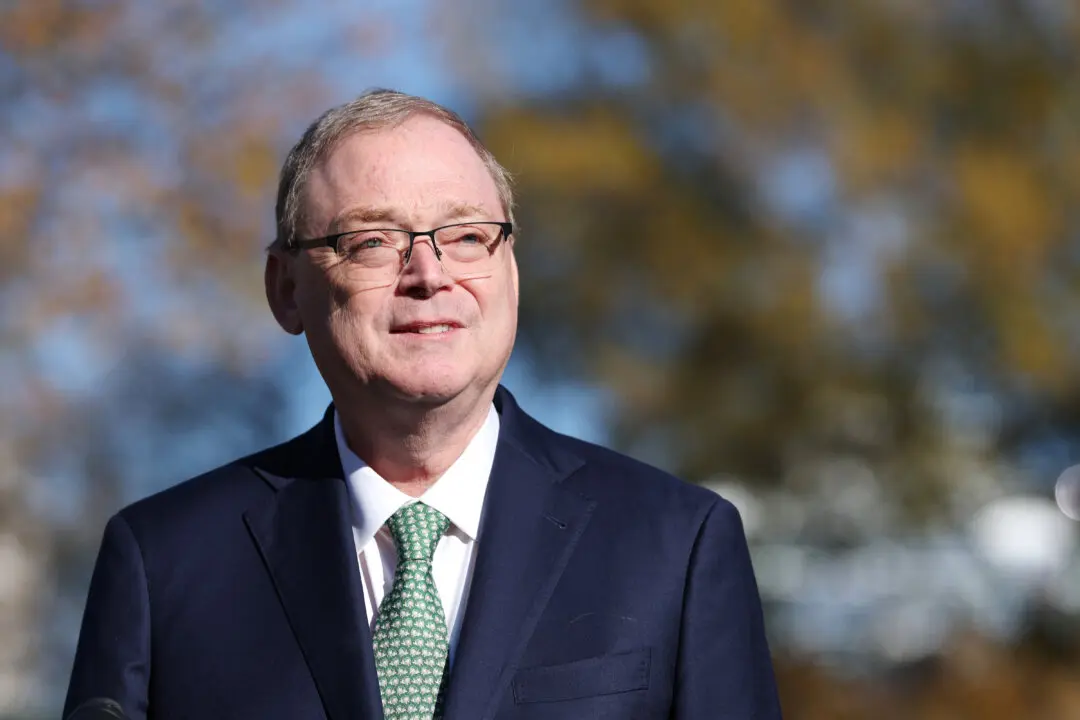A Rasmussen Poll released on May 21 shows that a majority of likely voters prefer a smaller government with fewer services and lower taxes.
Members of a representative sample of 1,000 U.S. likely voters were asked to weigh in on whether they favor a “more active government with more services and higher taxes or a smaller government with fewer services and lower taxes.”





